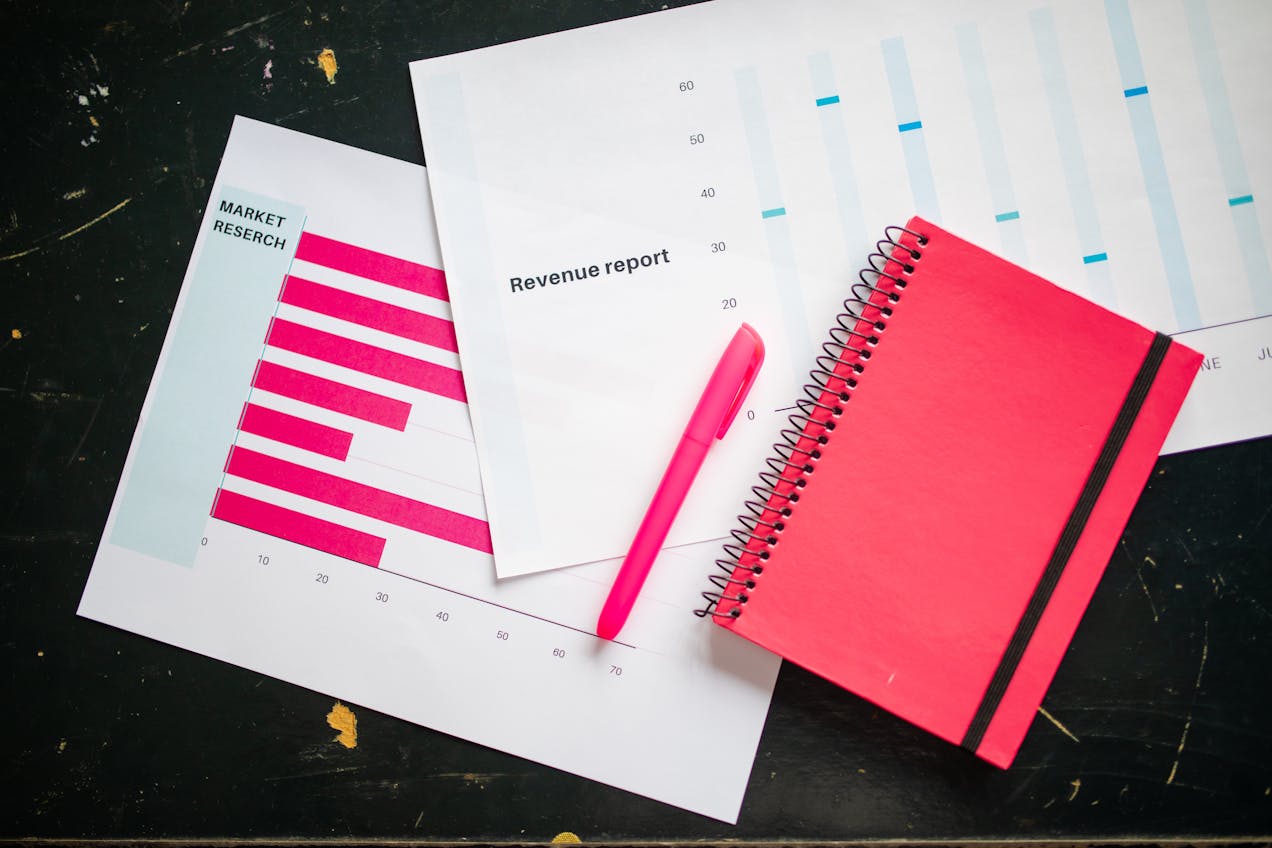
In the dynamic and multifaceted realm of the real estate industry, a well-structured chart of accounts is pivotal for navigating financial complexities, ensuring compliance, and driving strategic decision-making. Tailored to meet the nuanced requirements of U.S. Generally Accepted Accounting Principles (U.S. GAAP), a real estate chart of accounts serves as the foundational framework for accurate financial reporting and analysis. This blog delves into the critical components and considerations necessary for developing an effective chart of accounts for real estate entities in the United States.
A chart of accounts in real estate categorizes financial transactions, providing a clear roadmap for recording and reporting financial activity. It’s a structured list of accounts that reflects the business operations, revenue streams, expenses, assets, liabilities, and equity. Under U.S. GAAP, this structure not only aids in compliance but also enhances the clarity and comparability of financial statements.
Current Assets: Include cash, cash equivalents, accounts receivable (rents and deposits owed by tenants), and short-term investments. Notably, prepaid expenses, such as insurance and taxes, also fall under this category.
Fixed Assets: Comprise long-term investments in real estate properties, equipment, and office furniture, less accumulated depreciation. Land, buildings, and improvements highlight the long-term value and investment in real estate assets.
Current Liabilities: Short-term financial obligations within a year, such as accounts payable, accrued expenses, and the current portion of long-term debt.
Long-Term Liabilities: Include mortgages payable and notes payable, representing the financing side of real estate investments extending beyond one year.
Equity: Owner’s Capital
Equity accounts represent the owner’s or shareholders’ interest in the real estate entity, including contributed capital and retained earnings.
Real estate revenue accounts capture the diverse income sources, such as:
Expenses are subdivided into operational and non-operational categories:
A meticulously structured chart of accounts is instrumental for real estate businesses aiming to navigate the complexities of U.S. GAAP compliance, financial reporting, and strategic management. By aligning the chart of accounts with industry-specific operations and regulatory requirements, real estate entities can achieve greater financial transparency, operational efficiency, and strategic growth.
Elevate your real estate business’s financial strategy and compliance with a U.S. GAAP-aligned chart of accounts. Contact us at anshul@incencred.com for expert guidance and services tailored to your real estate financial needs.
This blog is intended for informational purposes only and does not constitute professional financial advice. Consult with a qualified accountant to tailor your chart of accounts to your specific business needs.
Certainly! Here are 10 FAQs designed to enhance understanding and provide additional insights related to structuring a chart of accounts for the real estate industry under U.S. GAAP:
1. What is a chart of accounts in real estate?
A chart of accounts in real estate is a structured list of all account titles and numbers used by a real estate entity to organize financial transactions, prepare financial statements, and ensure compliance with U.S. GAAP.
2. Why is U.S. GAAP compliance important for real estate charts of accounts?
U.S. GAAP compliance is crucial because it ensures that the financial statements of real estate entities are prepared accurately, consistently, and in a manner that is comparable across the industry, facilitating better decision-making and regulatory compliance.
3. How does the chart of accounts differ between property management and real estate development companies?
While both types of companies will have similar basic account structures, real estate development companies may have additional accounts for project development costs and capitalizable expenses, whereas property management companies might focus more on income and expenses related to property operations and maintenance.
4. What are some key asset accounts in a real estate chart of accounts?
Key asset accounts include current assets like cash and accounts receivable, and fixed assets like land, buildings, and equipment, less accumulated depreciation.
5. How should a real estate company account for lease transactions under U.S. GAAP?
Lease transactions should be accounted for in accordance with ASC 842, which requires lessees to recognize lease assets and liabilities on the balance sheet and provides guidance for lessors on how to account for lease income.
6. What is the significance of revenue recognition in the real estate industry’s chart of accounts?
Revenue recognition, governed by ASC 606, is significant because it determines how and when revenue from property sales, rental income, and service fees is recorded, ensuring that revenue is recognized in a manner that accurately reflects the transfer of goods or services to customers.
7. Can depreciation be considered an operating expense in real estate?
Depreciation is not typically considered an operating expense; rather, it’s an accounting method used to allocate the cost of tangible assets over their useful lives. It appears as a separate line item on the income statement to reflect the wear and tear on fixed assets.
8. How are development costs treated in a real estate chart of accounts?
Development costs in real estate are generally capitalized and recorded as part of the asset’s cost on the balance sheet if they add value to the property and are expected to provide future economic benefits. These costs are then amortized or depreciated over the asset’s useful life.
9. What role does the chart of accounts play in financial transparency and strategic management for real estate businesses?
The chart of accounts plays a crucial role in organizing financial data in a systematic way, which enhances financial transparency, supports accurate reporting and compliance, and aids in strategic management by providing clear insights into the financial health and performance of the real estate business.
10. How often should a real estate company review and update its chart of accounts?
A real estate company should review and potentially update its chart of accounts annually or as significant changes occur in operations, regulatory requirements, or U.S. GAAP standards to ensure it remains relevant, accurate, and compliant.

At IncenCred, we unravel tax complexities with unmatched expertise. From challenging IRS disputes to international tax intricacies and comprehensive accounting, our proven track record establishes us as leaders in tax consulting. We’re your partners in clarity, strategy, and success.